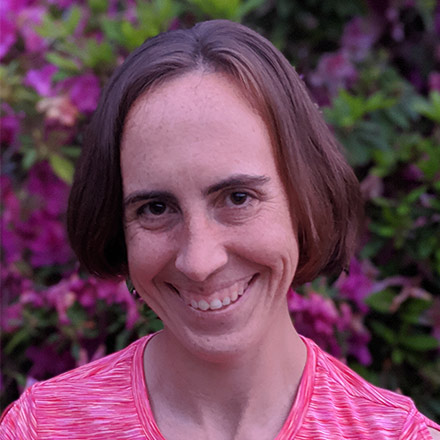
For six decades, scientists looking for evidence of extraterrestrial intelligence have sought signals – either radio emissions or flashing lasers – that would prove that we have company in the nearby star fields of the Galaxy. So far, we’ve not found any such signals.
But another scheme for uncovering aliens is to look for massive structures constructed by advanced societies.
That’s an approach being pursued by Ann Marie Cody, a research astronomer at the SETI Institute. She’s trying to find indications of a Dyson sphere (or swarm), one of the most frequently suggested constructions to be built by sophisticated extraterrestrial cultures.

Advanced societies might decide to harvest energy from their host stars by means of capturing more of the light emitted by those stars, They could build a set of orbiting rings or panels to capture much of the star’s radiant energy. Then they would presumably arrange to send that energy down to their home planet.
These constructions would be visible because of the fact that they would intermittently block some of the light from their home star.
This has been a hot idea for decades, Cody says. So she has members of her research group looking for stars that occasionally dim, but not like the periodic dipping caused by orbiting planets.
Cody’s team uses NASA’s TESS space-based telescope to hunt for brightness variations in a sample of approximately 60 million nearby stars, each observed over a month’s time. That’s a sample that’s orders-of-magnitude larger than those usually investigated by SETI signal searches. In addition, this type of experiment enjoys an advantage common to any artifact search; namely, there’s no requirement for synchronicity of search and the arrival of a signal. Artifacts are always “on.”
So has she found the aliens yet? “We’re deep in the analysis, now,” Cody remarks. “But I hope that this time next year I can say that we’ve found something interesting.
“And beyond that, just being funded to embark on such a project is a really fantastic turn of events, given that for a long time NASA would not typically fund such research endeavors.”
Watch Dr. Ann Marie Cody's full interview below:





